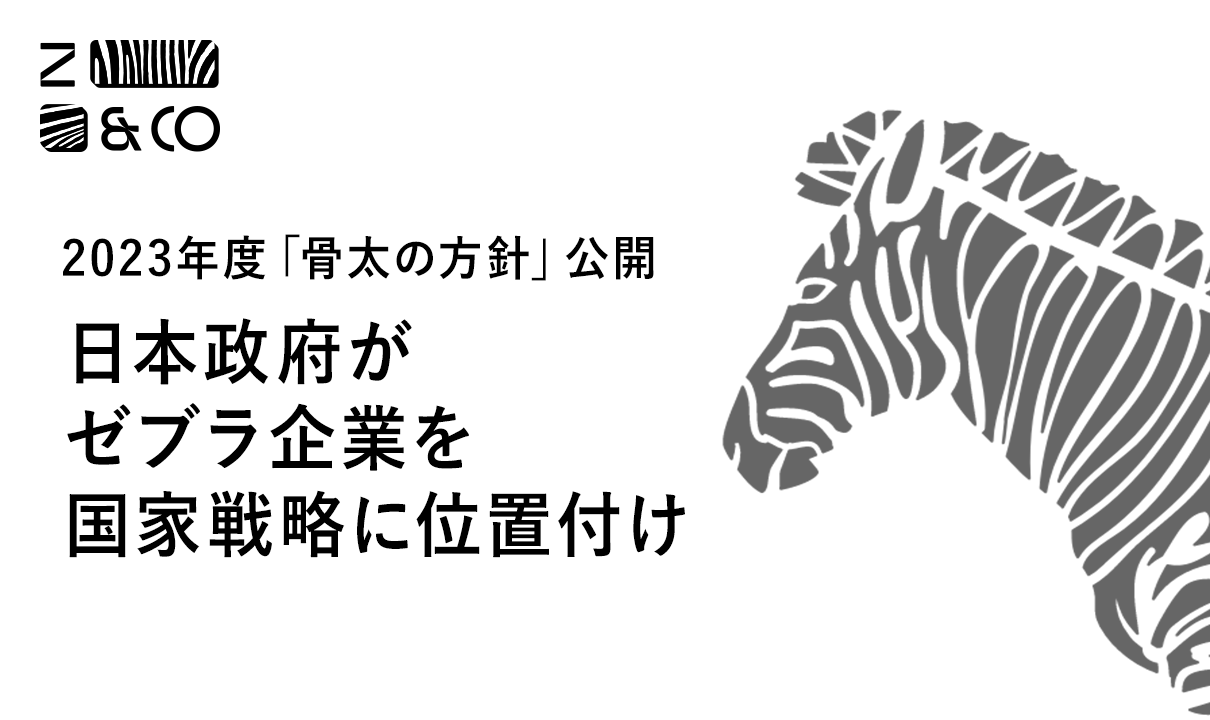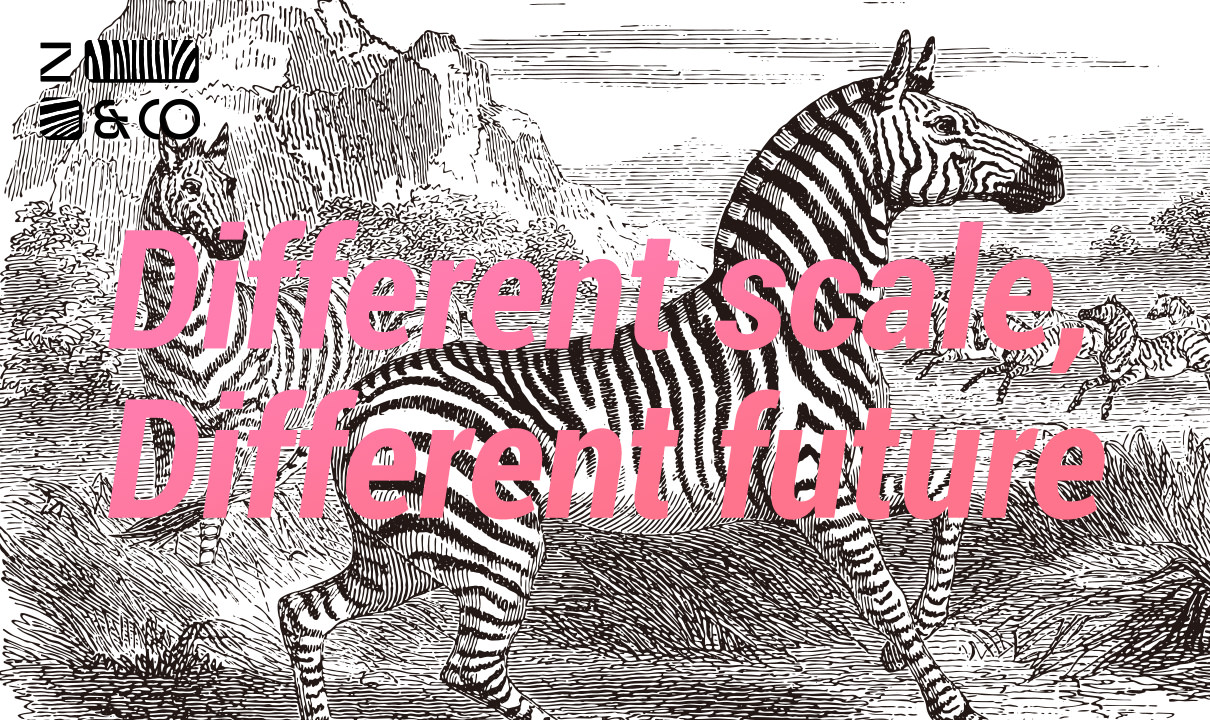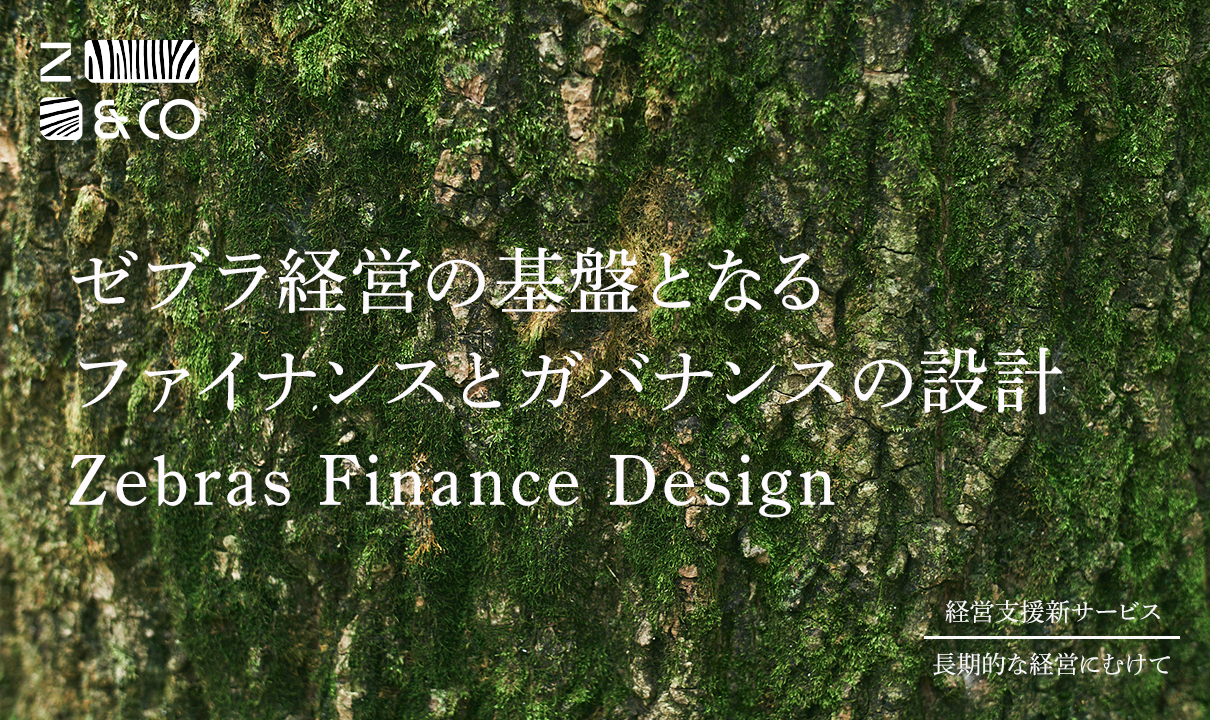
2023.12.16 ZEBRAS
What is Zebra Investment? The difference between VC investment and Zebra investment, and the 5 Types of Zebra Companies

What is Zebra Investment?
Compared to traditional “VC investment,” which focuses on investing in companies that can go public or be sold within 3-5 years, Zebra investment does not have such clear-cut conditions. Rather than aiming to be a “Zebra company,” it is a concept that can be somewhat ambiguous and may be referred to as a “Zebra-like company.” Your company may have the characteristics of a Zebra company and could potentially become an investment target.
The difference between VC investment and Zebra investment
The main difference between VC investment and Zebra investment can be summarized as follows: VC investment is structured to increase in value the faster the investment is recouped. VC investors aim for 10-15 times monetary return within a limited time frame of 3-5 years by leveraging the power of money to achieve rapid growth. They target a huge market and release innovative products that can be widely distributed in that market, with the expectation of economic success, these companies are known as “unicorn companies.”
Of course, some companies are suitable for VC investment, and they have their place in our economy. However, not all startups that have the potential to succeed are necessarily suitable for these investment and return options. With Zebra investments, more weight is given to the social impact that companies want to achieve and investments can be made in a wide range of industries and diverse business models.
The 5 Types of Zebra Companies
We organized some common characteristics of Zebra companies that can become investment targets and companies can fall into multiple types.
Type 1: Market Creation is Necessary
Rather than creating a new and innovative product in a large and competitive market, these are companies that take the lead in tackling new social issues that are not yet widely recognized as markets. An example of this is the “FemTech” field, which combines “Female” and “Technology” and refers to tech startups that address women’s physical and mental health needs. However, there are still limited stores selling such products, so it is necessary to create demand and establish a market first. For example, businesses targeting developing countries have a high potential for growth as they develop and the population increases over 20 years or more, but short-term success is not always likely.
Type 2: Limited Market
Some businesses target users such as women or people in populous developing countries where once there is a demand there is an opportunity for a large market. Others may be aiming for a more niche and smaller market with a limited number of users. Even if such companies have high technological capabilities and the potential to succeed as a business, they may be deemed difficult to go public or be sold, and are not suitable for VC investment.
Type 3: Time is Needed for Business Maturity
This type of businesses include primary industries, where results can only be determined once a year, or educational industries which may take 5 to 10 years to evaluate their effectiveness. Such businesses take longer to implement PDCA cycles compared to IT software companies. If these businesses try to grow quickly, they may become marketing-oriented businesses that deviate from their essential business model and result in failure, so caution is necessary.
Type 4: Supply is Constrained by Production Model
Some businesses face problems when the demand for their products overwhelms their supply. For example, if their main goal is to solve social issues on the supply side or if there are limited numbers of workers, the supply will become scarce if the products sell too much. Even if they try to increase supply temporarily, this may lead to the concern about the quality of the products decreasing. If rapid sales growth is temporary, there is also the risk of not being able to maintain employment in the future. These types of businesses are ideal for growing little by little at a steady pace with the most important goal being to establish a stable outlook for employment over the span of the next 100 years.
Type 5: Low Correlation Between Economic Success and Social Impact
In our society, economic success does not always lead to a better society. For example, “profits are better targeting the affluent rather than low-income groups” or “business models that private schools rather than public schools are more lucrative.” When short-term economic profits become the goal of the business, it may be harder to achieve the social impact the entrepreneur hoped for. However, it may just be that the correlation between social impact and the economic impact may be weak, and not a bad business venture. If a business can achieve both social and economic impact in the long run, they should be able to receive the investment they need to achieve that.
Within the traditional evaluation criteria, the number of startups that are less likely to be investment targets is increasing every year. Furthermore, they are boldly taking on long-term business ventures are as that have not been sufficiently innovative with only IT companies. To enable investment in such companies, Z&C has created a framework that deliberately does not set a time limit for investment recovery, enabling a more long-term approach to business.
Zebra investment is still a new concept.
At Z&C, we are looking for all types of Zebra-like companies as investment targets, but we also expect to develop specialized know-how for each type, such as market-creating Zebra investment, niche market Zebra investment, and mature Zebra investment.
For investment or collaboration inquiries, please contact us.

PROFILE
ゼブラ編集部
「ゼブラ経営の体系化」を目指し、国内外、様々なセクターに関する情報を、一緒に考えやすい形に編集し、発信します。






